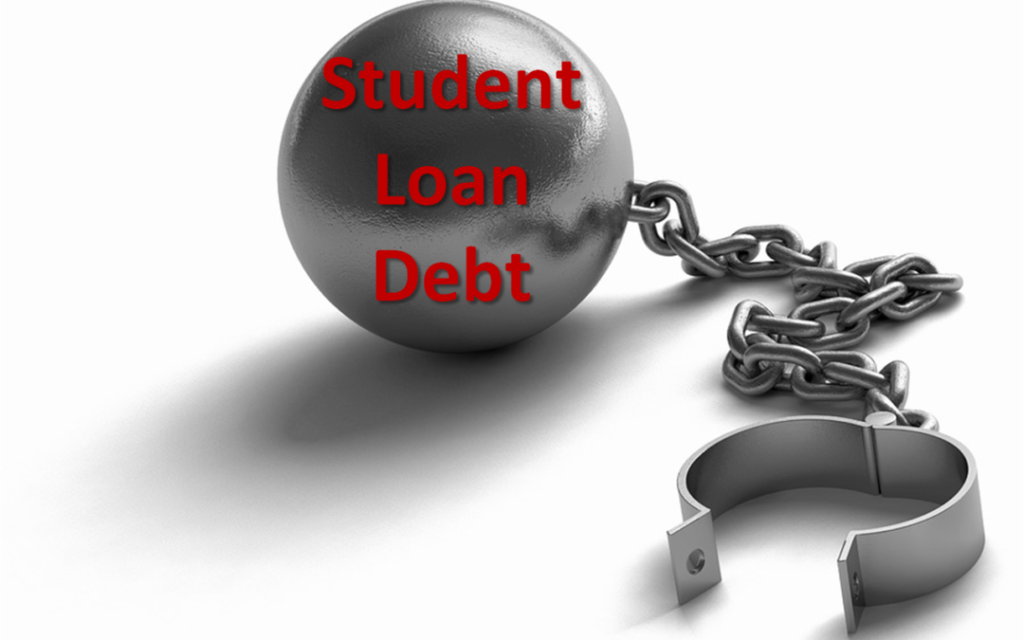Good Debt vs. Bad Debt: How to Tell the Difference and Make Smart Financial Choices

“Debt is not inherently good or bad—it’s how you manage it that matters.” – Dave Ramsey
Debt can be a powerful tool when used wisely or a significant burden when mismanaged. But not all debt is created equal, and understanding the difference between good debt and bad debt is crucial for building a healthy financial future. Whether you’re a young professional just starting out or an experienced optometrist looking to make smart financial decisions, this blog will break down the concept of good vs. bad debt and offer practical tips for managing both.
What is Good Debt?
Good debt is borrowing money for something that has the potential to increase your net worth or generate income over time. In other words, good debt is an investment in your future.
Examples of Good Debt:
- Student Loans: Investing in your education is often considered good debt because higher education generally leads to higher earnings. For example, an optometrist may take on student loans to complete their medical training, but the potential to earn a high salary justifies this expense.Story: Dr. Sarah, an optometrist, graduated with $200,000 in student loans. While this initially felt overwhelming, she knew that her education would open doors to a high-paying career. Today, she’s debt-free after using strategic repayment plans that leveraged her increased earning power.
- Mortgage: Buying a home is another example of good debt. Real estate typically appreciates in value over time, and homeownership can offer financial benefits such as tax deductions and building equity.Example: Dr. Emily bought her first home with a mortgage. Over the years, her home’s value has increased, providing her with both a stable living environment and a growing investment.
- Business Loans: Borrowing money to invest in your practice, expand your business, or purchase essential equipment can be considered good debt. This type of debt helps generate revenue and grow your business over time.Example: Dr. James took out a small business loan to open his optometry practice. Within five years, the practice was profitable, and the loan helped him establish a successful business that continues to grow.
What is Bad Debt?
Bad debt, on the other hand, is money borrowed to purchase depreciating assets or fund non-essential expenses. This type of debt does not add value to your financial future and often comes with high-interest rates.
Examples of Bad Debt:
- Credit Card Debt: High-interest credit card debt is one of the worst forms of bad debt. Using credit cards to pay for non-essential items like vacations or luxury goods can lead to significant financial stress if not paid off quickly.Example: Dr. Karen maxed out her credit cards on luxury items and travel. The high-interest rates made it difficult for her to pay off her balances, resulting in mounting debt that took years to eliminate.
- Car Loans for Expensive Vehicles: While having a reliable car is necessary, taking on a large loan for a luxury vehicle that depreciates rapidly is considered bad debt. Unlike a home, cars lose value over time and won’t generate wealth.Tip: Consider buying a reliable used car instead of a brand-new luxury vehicle. This will save you money on the initial purchase price and depreciation costs.
- Personal Loans for Non-Investment Purchases: Borrowing money for items or experiences that don’t appreciate in value—like vacations, electronics, or fancy gadgets—is usually bad debt. These items provide temporary satisfaction but often leave you with long-term payments.
How to Manage Good and Bad Debt
Now that we’ve identified the difference between good and bad debt, let’s look at some practical tips for managing your debt wisely.
1. Invest in Your Education Wisely
If you’re taking on student loans, ensure that the degree or certification you’re pursuing has the potential to significantly boost your income. Research repayment options like income-driven repayment plans and loan forgiveness programs.
2. Consider the Return on Investment (ROI)
When taking on debt, always ask yourself, “Will this purchase increase my net worth or income?” If the answer is yes, it may be considered good debt. If the answer is no, you may want to reconsider.
3. Avoid High-Interest Debt
Try to steer clear of high-interest debt, such as credit cards and personal loans for non-essentials. If you already have high-interest debt, prioritize paying it off as soon as possible.
4. Build an Emergency Fund
Having an emergency fund can help you avoid relying on bad debt in times of crisis. Aim to save 3-6 months’ worth of expenses in a high-yield savings account.
5. Make Extra Payments on High-Interest Debt
If you have both good and bad debt, focus on paying off the bad debt first—especially high-interest loans like credit cards. Once those are paid off, consider making extra payments on good debt to save on interest over time.
Key Takeaways:
- Good debt helps you increase your net worth or income over time. Examples include student loans, mortgages, and business loans.
- Bad debt usually comes with high-interest rates and funds depreciating assets or non-essential purchases. Examples include credit card debt and car loans for luxury vehicles.
- To manage debt effectively, focus on your return on investment (ROI), avoid high-interest debt, and pay off bad debt as quickly as possible.
Inspirational Quotes to Keep You Motivated:
“Good debt is a powerful tool, but bad debt can be a destructive weapon.” – Robert Kiyosaki
“The best way to predict your future is to create it.” – Abraham Lincoln
Call to Action:
Ready to make smarter financial decisions? Join the Optometry Divas Community to learn more about managing your finances, investing in your future, and growing your optometry practice! Click HERE to join us today!
References:
- “Rich Dad Poor Dad” by Robert Kiyosaki – A must-read for understanding good vs. bad debt and how to leverage debt for wealth-building.
- “The Total Money Makeover” by Dave Ramsey – This book offers practical advice on managing debt, building an emergency fund, and achieving financial freedom.
- Forbes: Understanding Good Debt vs. Bad Debt – A helpful article that breaks down the different types of debt and how to manage them effectively.
Disclaimer:
This blog is for educational purposes only and is not intended to provide financial advice. Please consult a financial professional for personalized guidance on managing your debt and investments.





